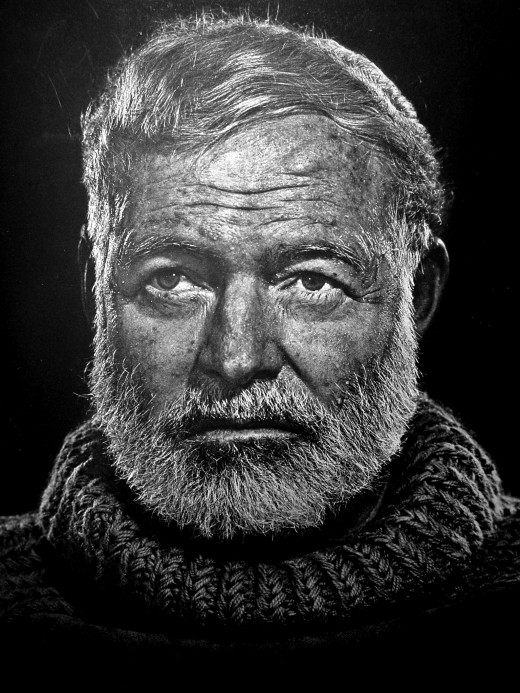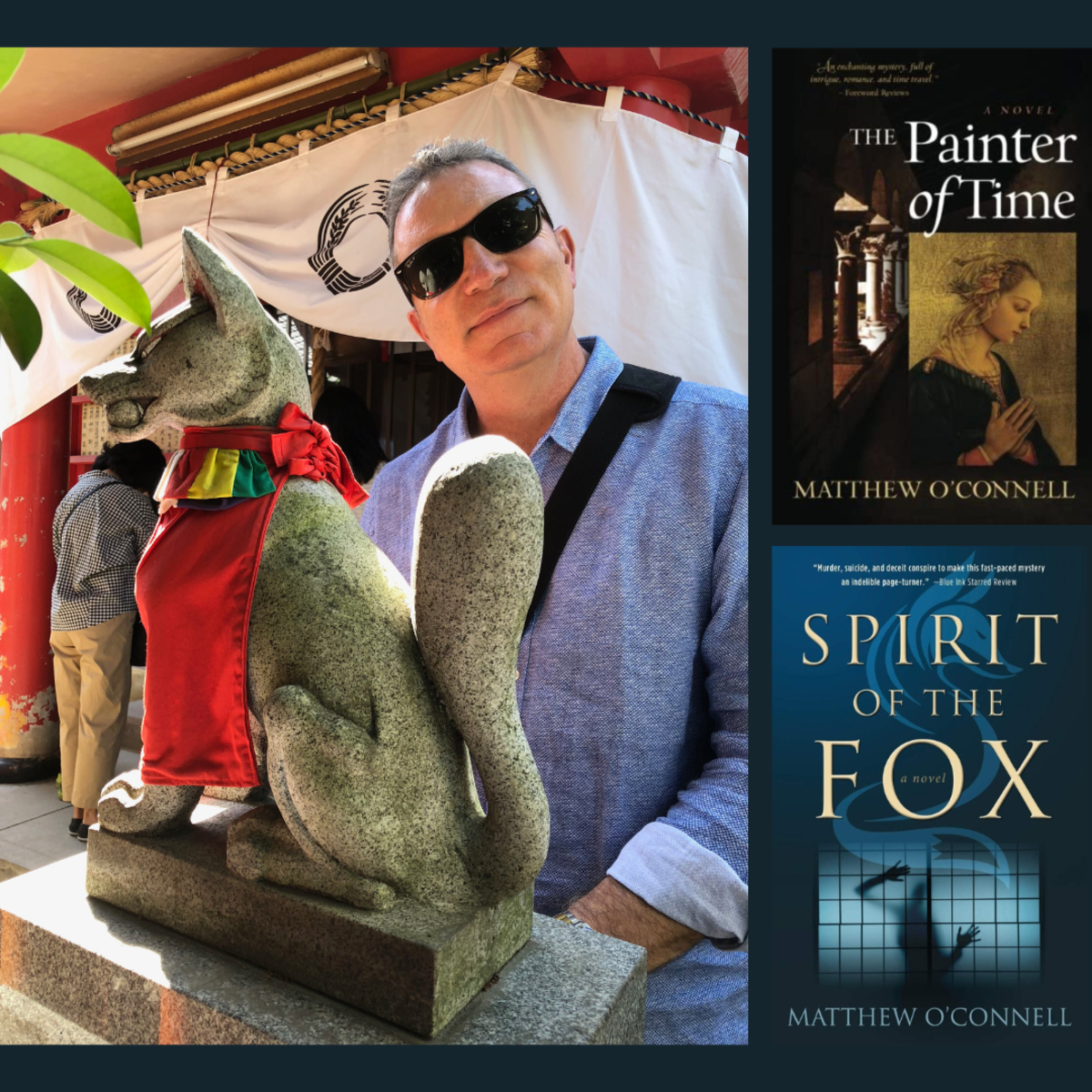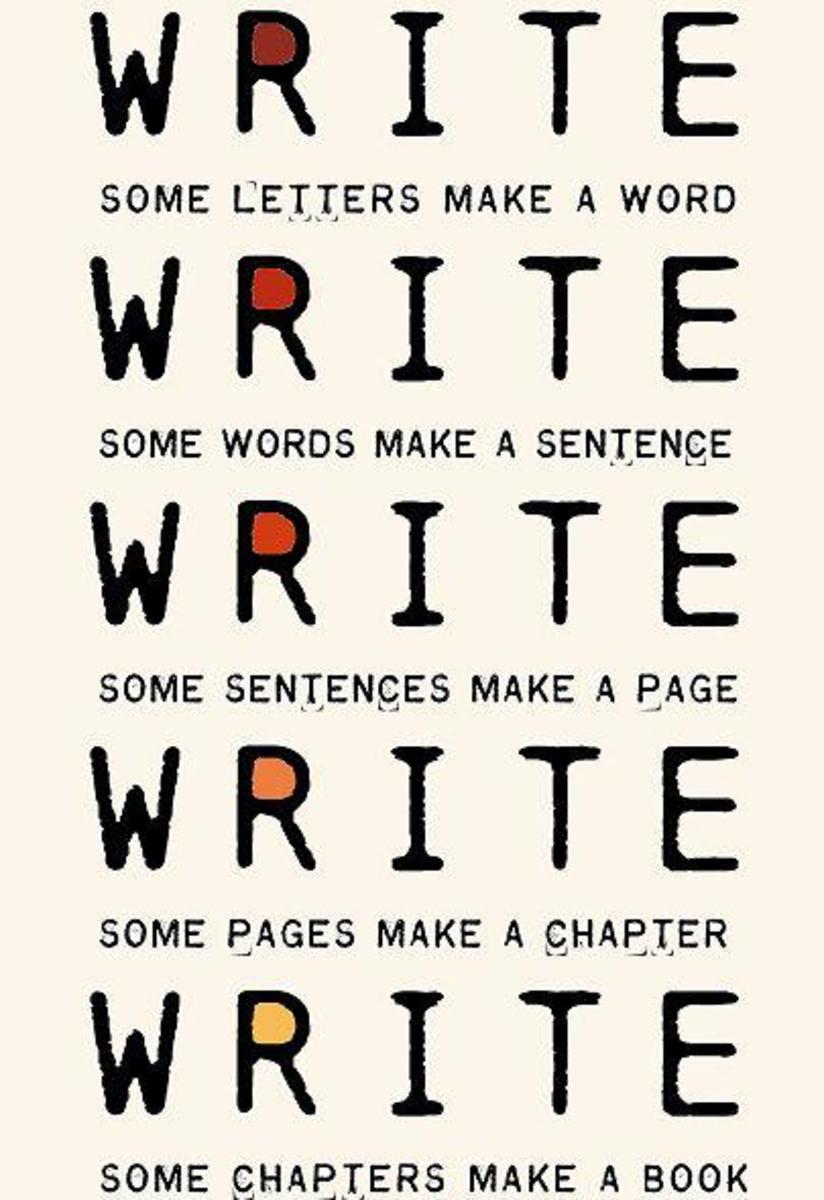Steps for Writing a Novel
For aspiring authors and veterans alike, tips on how to write novels can be a saving grace. With so much knowledge out there to weed through, and so many opinions about the same subject, finding the right steps can be difficult. Through my years as a writer, interning with Get Book Savvy (a self-publishing company who aim to help aspiring authors publish their work), and after taking several creative writing classes in college, I’ve come up with some basic steps to help authors write their novels. There are many details involved in this creative process, and every writer has a unique writing style, but there are some aspects of writing that always come together. Aside from actually writing the novel, authors need to plan, research, and edit their stories before sending the manuscript off to a publisher. These are just the basics to get you thinking, and to gain an understanding of what all is involved in writing and publishing a novel. In a sequence of multiple posts, I will explain each step in further detail.

Step One: The Spark
But first comes the idea itself, or the mode of inspiration used by the author. I call this “The Spark” because it is literally the first thing done when lighting a fire under your story. To get things cooking, you need that spark to ignite. Ideas can come from prompts, music, advertisements, characters, dreams, and more. Authors who take advantage of these ideas by writing them down while they’re fresh in mind are already taking the first step to writing a novel or short story. Getting ideas may seem hard, but there are numerous venues of inspiration just waiting to be tapped into. Ideas from characters, events, or settings can provide the necessary spark to begin your story.
Step Two: Plan
Next comes planning. While some writers choose to skip the planning stages in favor of beginning the story itself, I find it to be very beneficial to at least outline or map out plot points and characters. Determining a timeline for events, developing characters and their relationships to each other, as well as looking for goals and conflict can help the writing process as you go along. If you get stuck in the flow, going back to a chart or outline of your plot can help you determine what to do and where to go next with your story. When authors start writing with just the idea in mind, they can sometimes encounter Writer’s Block, the dreaded disease that snuffs out your motivation to write. In order to overcome Writer’s Block, sometimes a bit of planning or scouting ahead is needed. Other times authors will find themselves off track of their original plan, which may work better or worse for their story, so having a base or foundation as a guide can be helpful.
The Parts of Planning
While you plan your novel, think about these three things to add to your outline:
- Characters
- Setting
- Plot
Characters
Creating your characters is a crucial step to the planning process. Having a general representation of your character before you start writing can help move the story along by giving them something to react to. Determining the race, body type, personal views, and knowledge base can give you the necessary conflict needed in your story to push the action. If your characters are bland, one-dimensional, and boring, they won’t contribute much to plot development. The key to characters in novels is their overall change throughout the story, whether they achieve their goals or not, and how they go about their goals. If your character starts out as an innocent, naïve person, but is put into a situation to compromise their ideals, they can change into a variety of characters: a jaded, bitter person who regrets past decisions, a villain corrupted by their choice, or someone who has a firm conviction of right and wrong. These are just a few options that character journey can lead to, but by the end of the novel your character can’t be the same innocent, naïve person as in the beginning.
Setting
Settings can also become useful tools in developing your novel. Picking the right place and time for your characters and their actions makes a great novel. If the choices and views that stimulate your character do not exist in the timeline they are put in, your readers will have a hard time following the plot. Setting can be influential to the plot in ways the author may not be aware of, especially if they are around historical events or meaningful time periods to a certain culture or society. For example, placing a romance in the middle of World War II can provide readers with a sense of urgency and fear for the relationship, especially if it involves a soldier and his childhood sweetheart, but if the author just wants to focus on a romance plot and throws out every other element, the readers will wonder why that setting was even chosen. Accuracy in time periods and locations is also important. You don’t want to base a character’s home in a well-known city without knowing about the area first.
Plot
Once you have an outline of your idea, you can begin plotting. Taking the general overview of what you want to happen (or think will happen) and narrowing down the details can help with the flow of your story. Figuring out what you want the characters to do, and where their actions and reactions will lead them, is essential to the writing process. Without a plot, there is no conflict, no drive, and no entertainment for readers. If your characters are just sitting around a campfire talking about their past, the readers will get bored because the action isn’t going anywhere. You have to make them move, and in doing so you will further the plot. Adding twists and turns along the way can give readers a surprise and freshen up the action to keep them reading. An overly complicated plot may display intelligence and your prowess on the subject at hand, but it could also lose the readers. Once you lose the readers, you lose the novel.
What's Your Favorite Method of Research?
Step Three: Research
Along with planning and plotting comes research, which is severely under-appreciated in some instances when it comes to the accuracy and validity of novels. Although we work with fiction, writers are responsible for providing as much accuracy as possible surrounding our fictitious story plots. Readers are taken out of the experience if they notice something glaringly wrong in the middle of a story, such as the history of an event, a cultural act, or even a character’s speech pattern. If you give a southern character the language of a northern Yankee, readers will focus on the inaccuracy and ask if it has anything to do with the actual plot. Controversial issues usually arise over an incorrect assumption by an author which is disputed by the reader. In essence, know your facts, and be able to tell them from the myths. If your story revolves around a myth, make sure you specify which version, or stick to one your readers can follow. This is also true when authors create their own worlds and species. Using scientific facts to back up a fantasy setting could allow readers to easily believe in the story they are being presented.
Step Four: Write
Okay, now that you’re itching to write your tale, get to it! Once you’ve planned, plotted, and researched some basic elements of your story, the next step is to write it down. This step is one of the hardest of the process, because writing is mainly comprised of motivating factors such as inspiration and a drive to get the words on paper. This is why using an outline, map, or chart to organize your idea and plot could be helpful when you begin writing. Research can also stimulate writing and ideas to go into your novel. However, make sure not to start editing as you write. It’s tempting, but can become distracting and pull you away from your focus. If you are unsure of how to do a scene, come back to it later. If you want to start at the beginning, go for it. If a certain scene needs to be written in order to affect the beginning, middle, and end, start there. Most importantly, begin where you’re comfortable. This is different for every author and can even be different for each story you write. Keeping yourself on a schedule, or devoting a certain amount of time each day to writing, can make the process easier and give you a deadline to look forward to. Organizations such as NaNoWriMo (National Novel Writing Month) encourage writers to finish their novel within a certain time frame and within specific parameters. Having your own writing schedule, working around your career and other responsibilities, ensures the completion of your novel.

Guidelines for Formatting
- How to Format Your Novel Manuscript | The Editor's Blog
Learn how to format your novel manuscript. Knowing how to format a book for submission can be a key to getting your book manuscript noticed. - How to Format a Manuscript - The Specifics Guidelines You Need | WritersDigest.com
Before sending your novel out to potential agents and publishers, be sure it's sent in the standard manuscript format by following these guidelines.
Format
While you’re writing, or before you start editing, it’s a good idea to format your novel to the proper manuscript guidelines. While there’s no exact version of the proper formatting for manuscripts, many resources are available to help you determine what the document should look like. Publishers like looking at a finished product, because it shows professionalism and gives them something to focus on: your novel. Plus, printers need the properly formatted version of your novel to publish the book version, and giving them a word document with no chapter headings, page breaks, or front and back matter can end up looking messy when it’s printed. Book stores will not sell unformatted books on their shelves, not when a best-seller is placed next to what appears to be a third grade English project. There are editors, agents, and publishers who can help you format your manuscript or do it for you, but it’s best to learn on your own. Some publishers also have specific guidelines for how they want the manuscript formatted, using certain headings or rules.
Step Five: Edit
If you think you’re done after writing the novel, you’re wrong. You’ve only gotten halfway there! The absolute hardest part (at least for some authors) is going back and editing your work. Remember, your first draft is always your worst draft. Do not immediately send your finished novel to a publishing company after putting the last period on the page. Re-read the novel from beginning to end and start fixing, changing, adding, and deleting content where you see fit. Expanding scenes to show greater development, cutting scenes that take away from the main plot, and changing scenes after knowing the ending are important factors to novel writing. After going over it a few times yourself, have someone else read over and suggest further edits. An extra pair of eyes can pick up on things you miss, and can give you a reader’s perspective so you can correct any errors based on their reactions and comments. If someone is reading a scene one way, yet you wrote it in another way, something needs to change about that scene. If the reader doesn’t understand what’s going on, you may be leaving out too much information. If the reader is stuck on backstory and can’t find the action, you may need to reorganize or cut out some writing to ease the flow.

Step Six: Publish
After editing your work several times, it is time to start thinking about publishing. Always research your publishing options and the companies you want to work with before you make a decision. There are many different ways to publish, such as using a traditional publisher, self-publishing your own work, or using a publishing press to help you without getting too involved. Once you’ve looked at all your options and are knowledgeable, narrow down your choices until you can make a decision. This may also involve researching agents to help you send your manuscript to traditional publishers or connect you to editors, printers, and other services to guide your through the self-publishing process. Agents and Publishers can specialize in certain genres of creative writing, from fiction to poetry, horror to adventure. Knowing what a publisher has accepted and declined is a good way to determine how your novel will do in their hands, and the same thing goes for an agent. Once you know what to look for, start sending your manuscript. Send it to multiple places and keep track of the status, because if one publication accepts your manuscript you will need to let another publication know before you end up with two versions of the same book. Do not be discouraged if you are rejected multiple times; it happens to everyone. Just keep trying and don’t give up. If you only hear negative feedback, do some more editing and see what could be missing.
Step Seven: Market
You’re still not done once your manuscript has been accepted for publication! No matter which option you choose, there are various factors you’ll need to think about during the publication process, such as a copyright page, dedication, plus general front and back matter materials (like a summary of the book to get readers interested). Other factors include cataloguing for library systems, book cover design, pricing, and promotional events. Yes, you’ll need to learn about marketing for your book! Scheduling book signings, sending out press releases, as well as contacting your friends and family to let them know about your newest publication are some ways to gain a readership. Going to conferences, writing workshops, and groups to present about your book can spread the word throughout your community and others across the world. Merely putting a book on the shelf will not guarantee that people will read it.






